The Venetians were using rainwater for their main water supply since the first settlements in the lagoon, back in Roman times or earlier.
Rainwater is unpredictable, potentially scarce, and usually more so during the seasons when water is more needed.
Why did the earliest settlers choose rainwater? Weren’t there any better alternatives?
Let’s start with the beginning, or rather, at the bottom.
Geology
The bedrock under Venice is around 900m below the surface.
The melting water after each of three ice ages moved vast quantities of sand and gravel down from the Alps, while the rivers in the intervening periods left a fine sediment which has since become hard clay.
The soil below Venice is therefore made of several alternating layers of porous sand/gravel and dense clay, each several hundred meters deep.

Water can flow underground from the mountains towards the sea through the sand and gravel, but not pass the clay layers. In fact, water is abundant in the underground under Venice.
However, before the Industrial Revolution, the technology needed to drill down several hundred metres to the first aquifer was missing.
During the time of the Republic of Venice, drilling for groundwater wasn’t an option.
Except for a few exceptional cases where the Venetians found groundwater close to the surface, they had no way of exploiting the more common deeper aquifers.
Geography
Several rivers flowed into the lagoon in the past, and they were an available source of surface fresh water.
The inhabitants of the lagoon would naturally use the rivers for fresh water. Doing so, however, posed quite a few problems.
Firstly, people had settled in large numbers in the lagoon because the mainland became less safe for them after the Lombard conquest in the 500s-700s.
Venice was to some extent a fortress, without walls but with a four kilometre moat, which was the lagoon. Venice didn’t need city walls because no army could march up to them.
However, a fortress cannot rely on an external water supply. If a potential enemy can turn off the water, the battle is already lost and the fortress is useless.
Strategically, Venice could not afford to rely on the mainland rivers for water.
Sedimentation
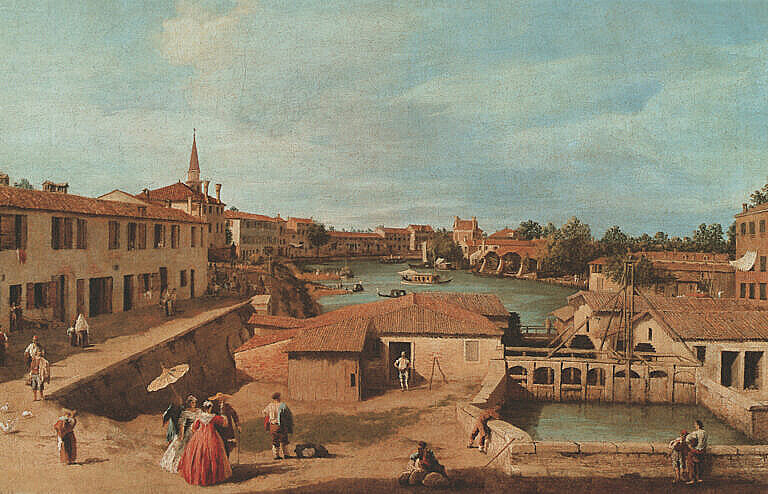
Secondly, the rivers threatened the lagoon itself.
The rivers brought more sediment into the lagoon than the tide could transport into the Adriatic Sea. Over time, the lagoon would disappear.
The Venetians of the Middle Ages knew this because they’d seen it happen. The lagoon area to the north of the current lagoon silted up already in late antiquity, leaving old lagoon settlements like Eraclea and Jesolo on the mainland.
A similar process was in play further south, where Ravenna, which was originally on a kind of lido between the sea and a lagoon, ended inland from the sea. Today, Ravenna is eight kilometres inland. It still has a harbour, but at the end of a very long artificial canal.
In the 1200s the estuary of the river Sile, between the mainland and Torcello in the northern lagoon, started silting up. Over the following two centuries, the harbour of Torcello gradually became unusable, reducing trade and the prosperity of the city. Mosquitoes found a good breeding ground in the fresher, shallower water between the city and the mainland, and with more mosquitoes came malaria. By the mid-1400s, Torcello was all but abandoned.
Starting in the 1300s, the Venetians diverted most of the rivers around the lagoon. Thousands of workers dug canals and built dykes to reroute all the main rivers around the lagoon into the sea.
Each intervention meant more and more of the available fresh water from the rivers stayed further away from the lagoon and the city that was in the water, and wanted to stay in the water, but still had no water.
Rainwater
The only remaining source of fresh water is rain.
Consequently, the city of Venice is full of wells, which are actually cisterns for collecting rainwater.
As the population of the city grew, and outgrew the availability of rainwater, Venice started using river water as a s12upplement. It was the task of the guild of the acquaroli to transport river water to Venice and distribute it in the cisterns where needed.
Photos

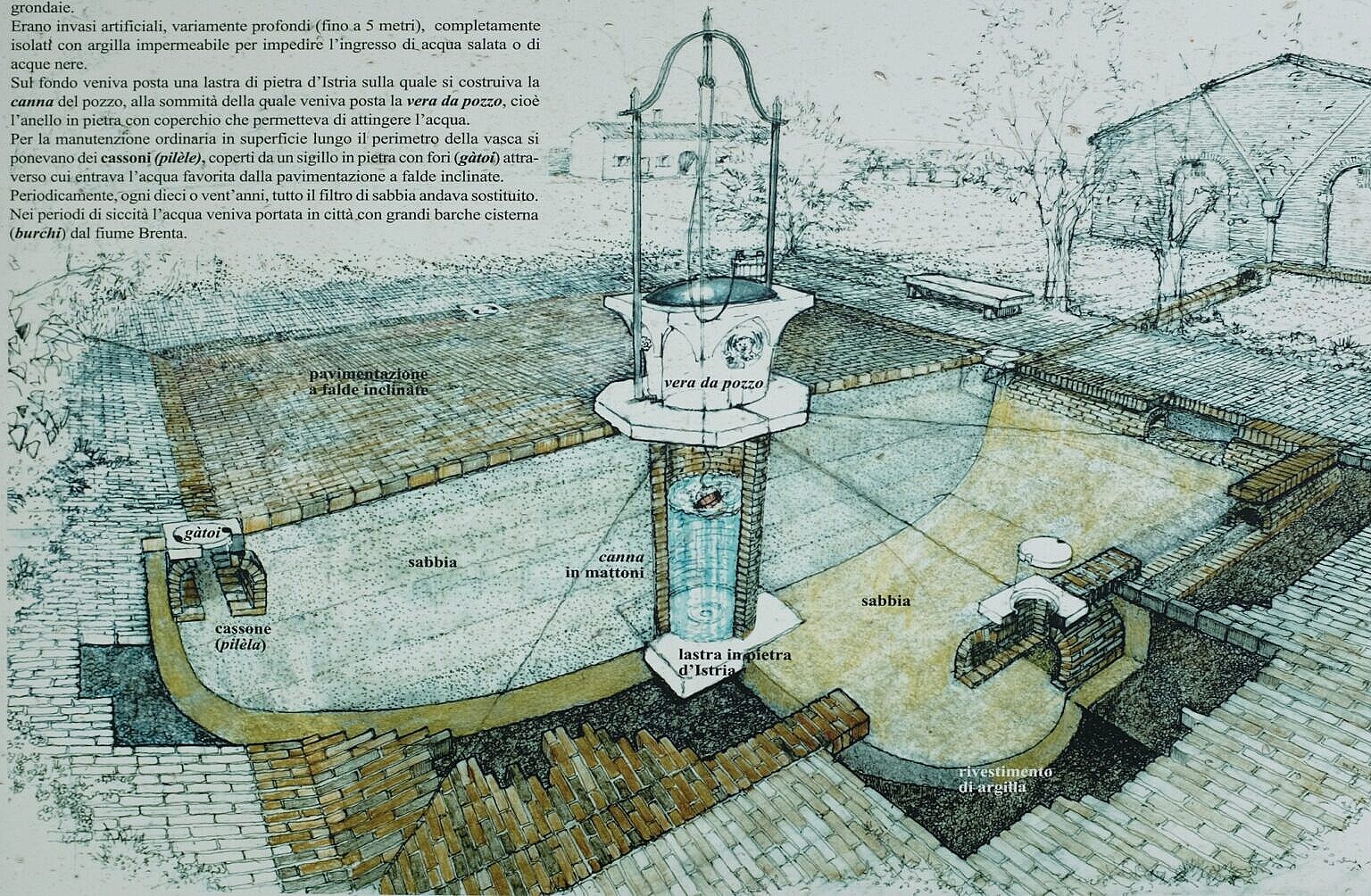
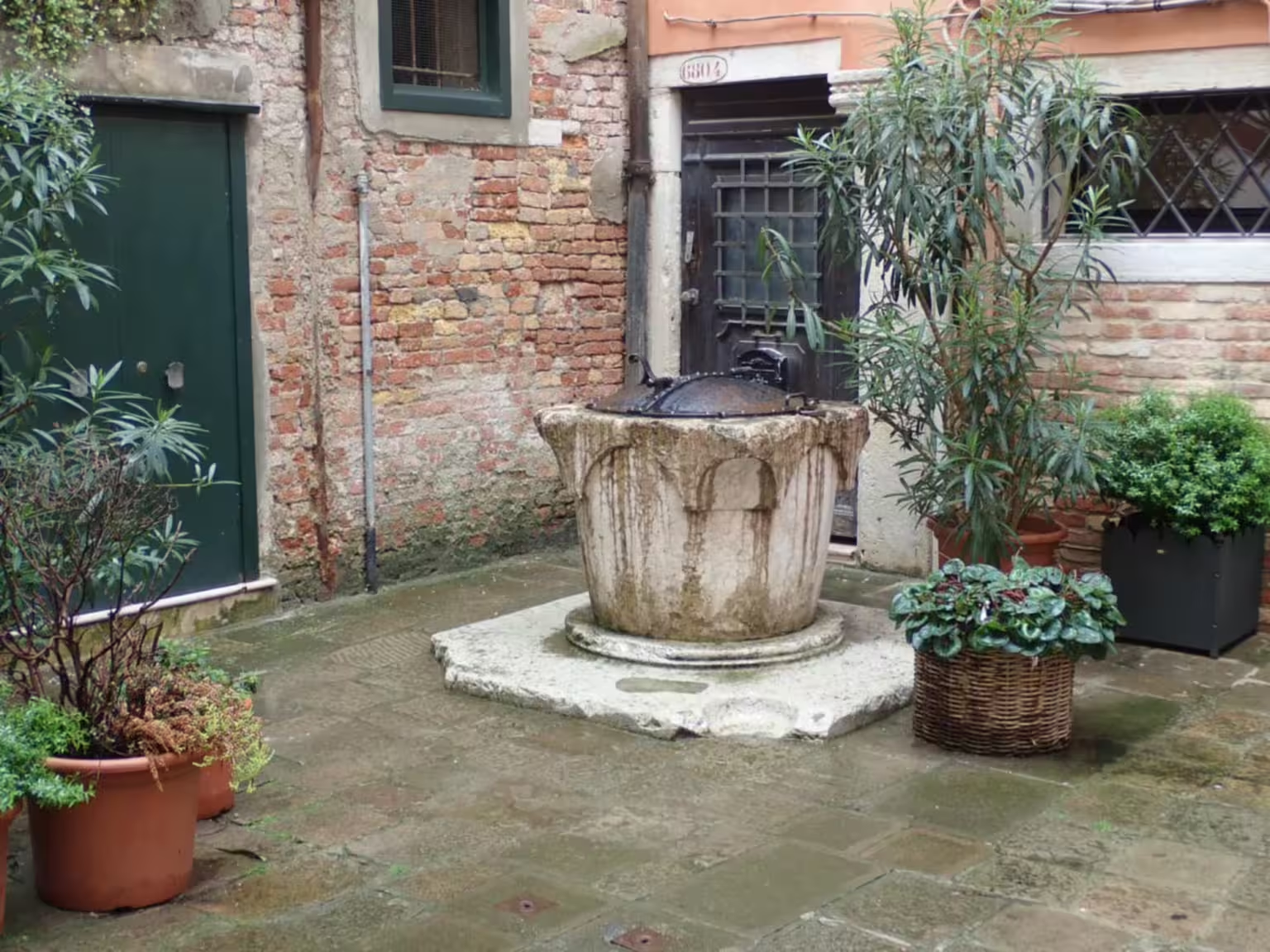
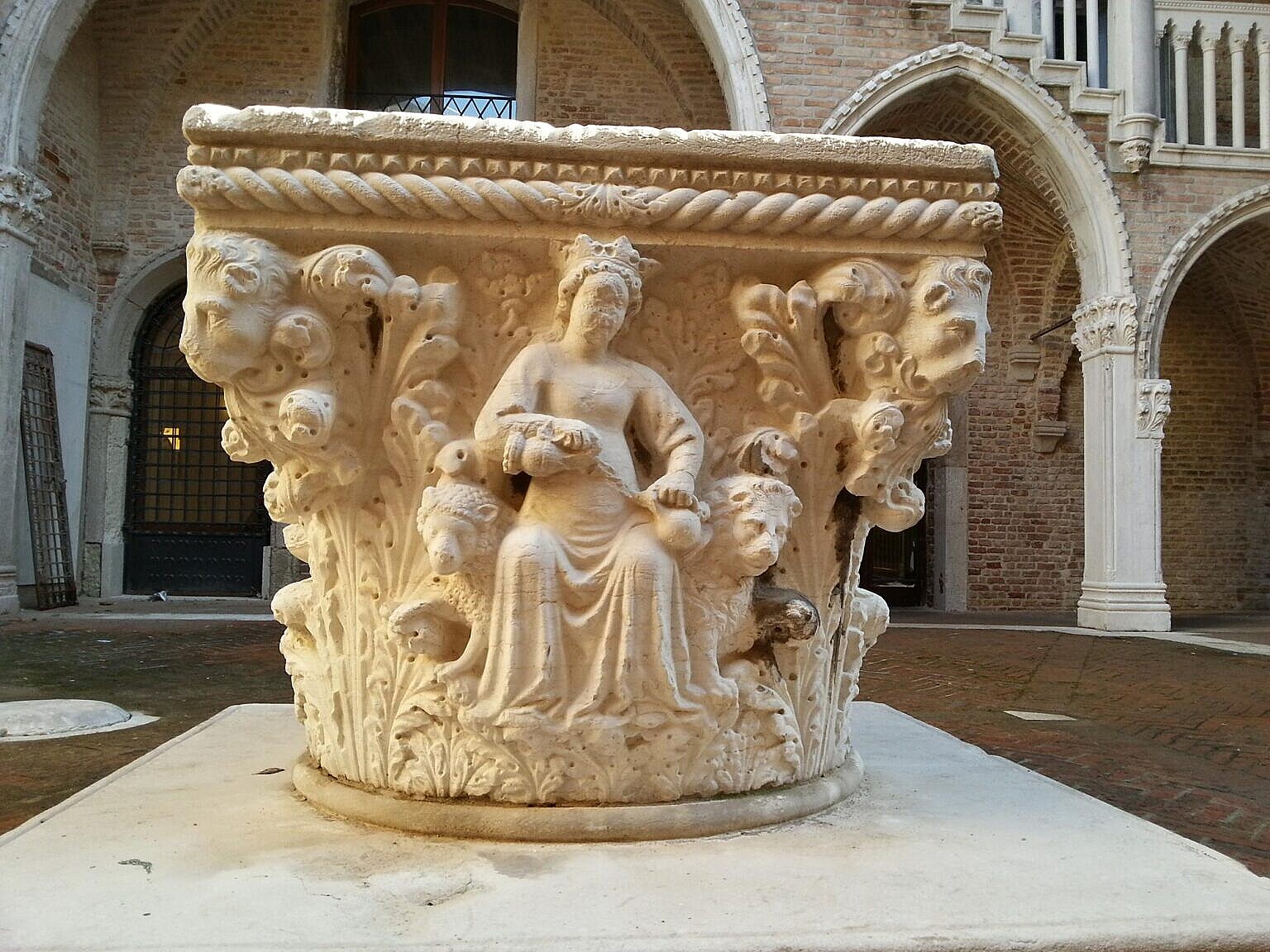

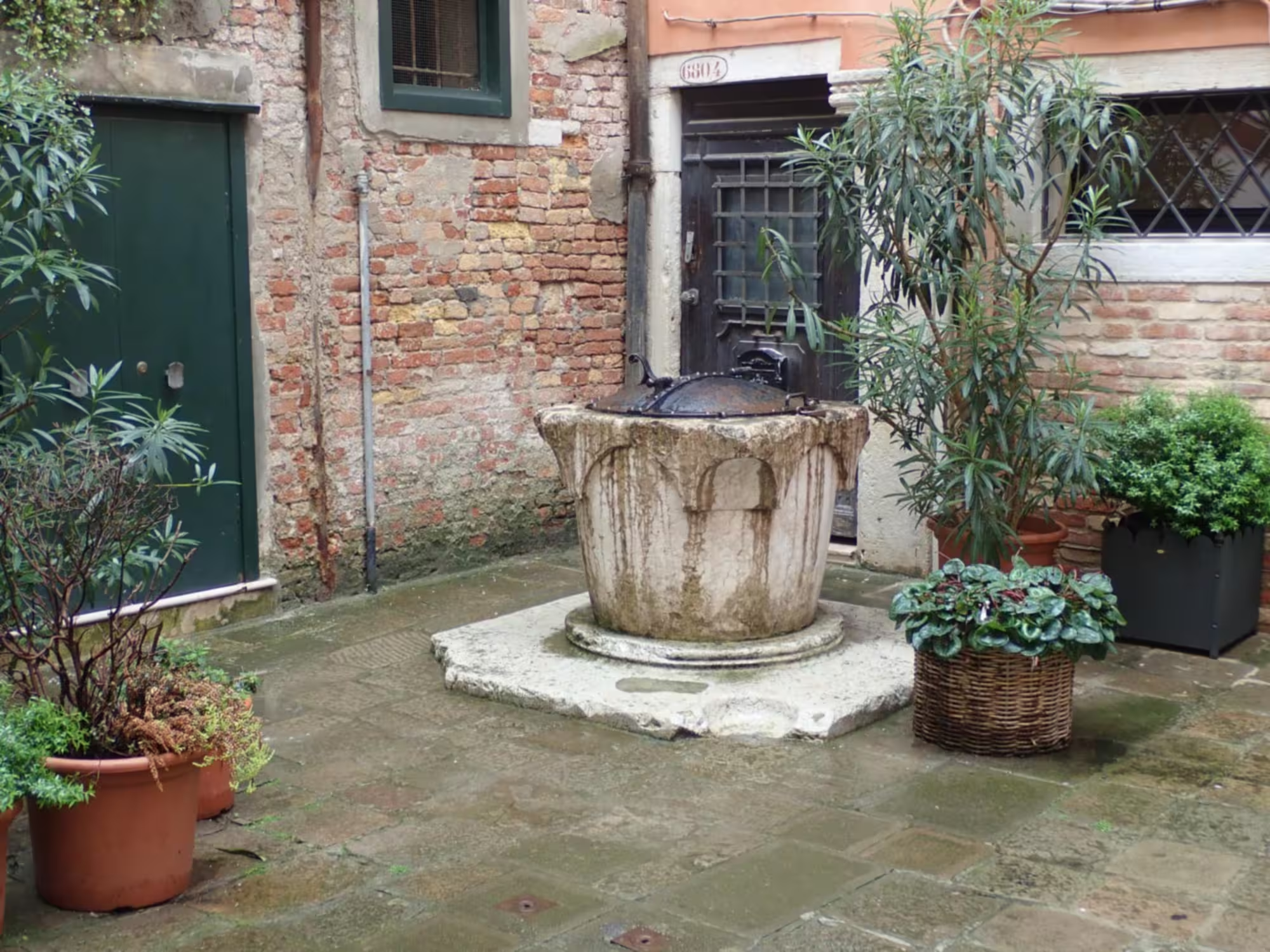
Leave a Reply